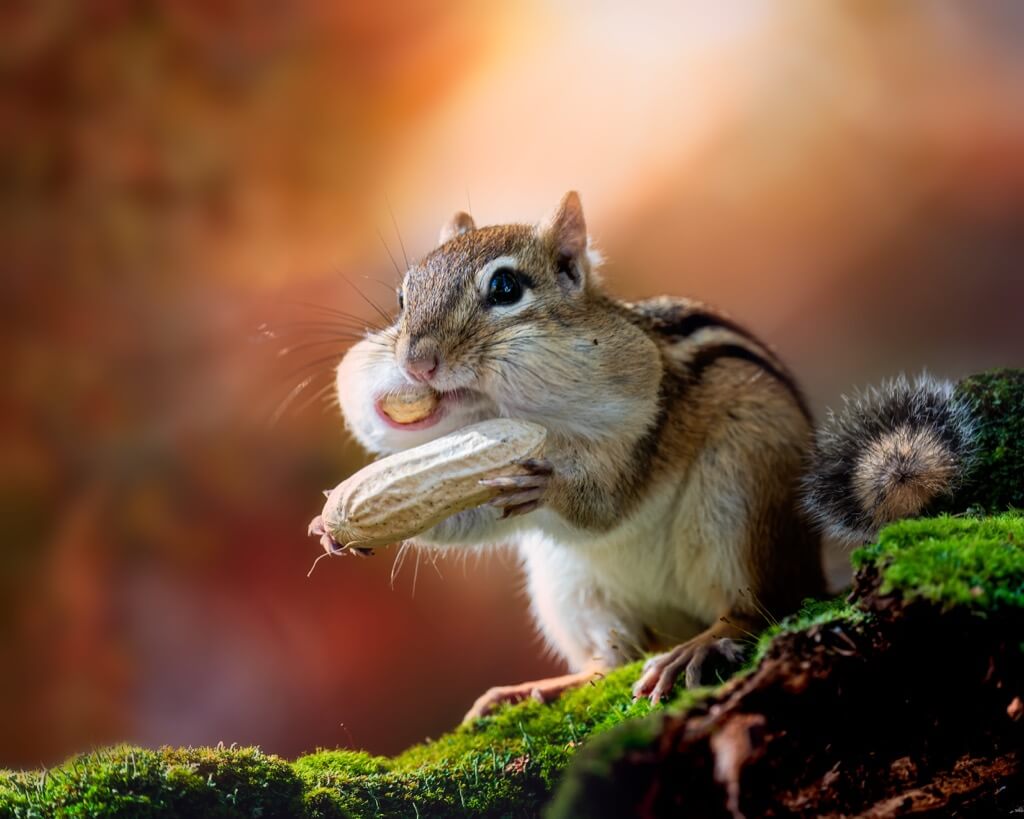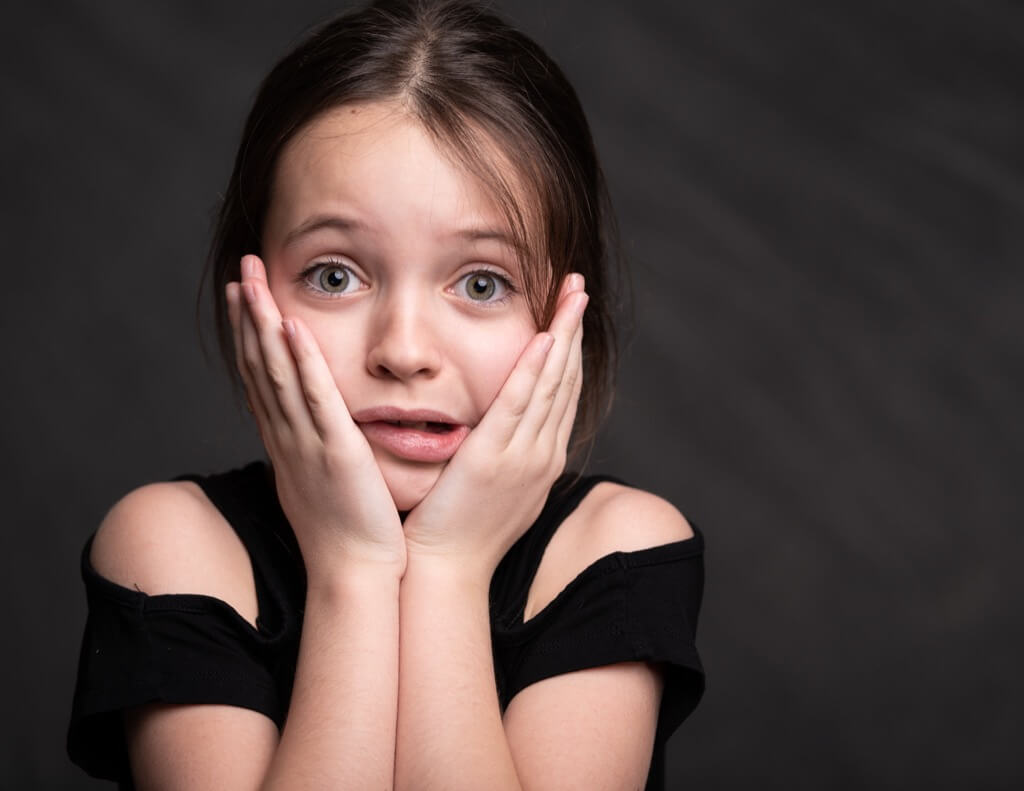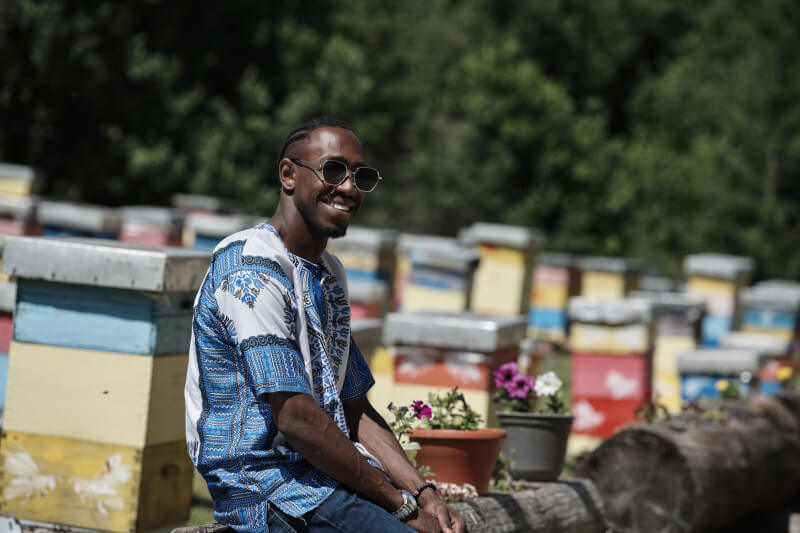For many, the phrase “peanut gallery” simply points to those offering unwarranted comments or advice. Yet, a cloud of debate lingers: Does this term have racist origins? Let’s embark on a journey into its etymology to grasp a clearer understanding.
Vaudeville, Peanuts, and The Beatles’ Encounter
Vaudeville’s rich tapestry of music, drama, comedy, and dance set the backdrop for our story. In these theatres, seating was often a class-based affair. Those in lower sections, notorious for their bold critiques, weren’t shy about expressing their dissatisfaction — sometimes by hurling peanuts at undesired acts. A parallel is drawn with The Beatles’ 1964 U.S. tour where jelly beans rained down on the performers.
Yet, was it just a class distinction, or did race play a role?
Class or Race, The Heart of the Matter
It’s undeniable that African Americans historically occupied a significant portion of the cheap balcony seats in vaudeville theaters. But does that make “peanut gallery” a racially charged term? Not necessarily. Several etymology sources, including the Online Etymology Dictionary and the Oxford English Dictionary, stress that it’s undetermined if the term originally pinpointed a particular socio-economic group. Notably, the phrase first emerged in print around 1876, amidst the Civil Rights Act of 1875, fueling further speculation.
Internationally, where racial undertones might not have been as prominent, a term for rambunctious cheap-seat attendees also existed. These diverse spectators were colloquially known as “the gods”, highlighting their elevated seating.
The “Peanut Gallery” in Popular Culture
Fast forward to the 20th century, and “peanut gallery” became widely recognized, thanks to Buffalo Bob Smith of the Howdy Doody Show. He lovingly called his energetic young audience the “Peanut Gallery”, with no racial implications whatsoever.
Peanut Trivia for the Curious
Did you know peanuts had identity issues? Often mistaken as nuts, they’re truly legumes! Their growth cycle is intriguing, starting above ground and then burrowing downwards.
Tossing peanuts became a unique theater tradition. In the early 20th century, the manager of the Nugget movie theater in Hanover, New Hampshire, saw this as a marketing opportunity. He planted “actors” in the audience to toss peanuts, creating a comical spectacle that boosted both ticket and peanut sales.
Reflection on the US Civil Rights Journey
Our conversation on “peanut gallery” is incomplete without touching upon significant milestones in U.S. Civil Rights. Notably, the Civil Rights Act of 1875 was deemed unconstitutional by 1883. Yet, the fight for equality pressed on. The unjust “separate but equal” principle, endorsed by the Plessy v. Ferguson decision in 1895, only met its rightful end with the groundbreaking Brown v. Board of Education case in 1954. The latter, a testament to the relentless efforts of the NAACP’s Legal Defense and Education Fund, undeniably shifted the course of American history.
Statistics Around The Peanut Gallery
- Vaudeville and Black Performers: At the peak of vaudeville’s popularity in the U.S., only about 5% of vaudeville performers were Black, even though Black audiences constituted a significant portion of the cheap seats (Source: Vaudeville, Old, and New: An Encyclopedia of Variety Performers in America). This underscores the racial undertones of entertainment during that era.
- South African Theatres: Drawing parallels to South African history, during the apartheid era, non-whites were relegated to specific areas in theaters, similar to the U.S.’s balcony seats. These areas were colloquially referred to with various derogatory terms, drawing parallels with the “peanut gallery” debate. However, direct comparisons in terms of audience behavior or specific naming conventions are harder to find.
- Racial Segregation in U.S. Theatres: According to a study by the National Park Service, by the early 20th century, nearly all Southern theaters segregated Black audiences into balconies, leading to the term “buzzard’s roost” for these sections. The segregation was not just about class but was racial.
- Audience Reactions: A study in the “Journal of American Folklore” found that audience reactions, like throwing things at performers or booing, were more common in working-class theaters throughout the early 20th century U.S., irrespective of racial composition. However, the racial makeup often influenced the type and intensity of the reaction.
- South African Apartheid and Audience Segregation: While South Africa’s history during apartheid includes well-documented racial segregation in public spaces, explicit data on theater behavior akin to the “peanut gallery” phenomenon is sparse. However, it’s worth noting that non-white audiences were often given inferior amenities and seating, emphasizing the deeply entrenched racial disparities of the time.
Other Cases Of Words That Could Be Rooted In Racism
“Eenie Meenie Miney Mo”: Racial Undertones in Nursery Rhymes
Children all over the world have often chanted the rhyme “Eenie Meenie Miney Mo” during play, unaware of its controversial origin. The rhyme historically included a racial slur and was used to mock Black individuals, especially in the southern United States. Over time, the offensive word was substituted with “tiger” in many versions. The rhyme serves as a reminder of how deep-rooted biases can seep into even the most innocent-seeming aspects of culture.
The “Jig” is Up Is An Expression’s Controversial Past
The phrase “the jig is up” is commonly used to indicate that a deception has been uncovered. However, its origin might be traced back to the word “jigaboo,” a derogatory term for Black individuals. The term “jig” in itself is fraught with racial implications, potentially referencing the “jig dance” often associated with minstrel shows, which were deeply steeped in racial mockery.
“Master Bedroom”: Vestiges of a Plantation Past
The term “master bedroom” is a standard term in real estate and architectural design to describe the largest bedroom in a house. However, there’s an ongoing debate around its potential associations with slavery. Critics argue that “master” may hearken back to the plantation era, implying a “master’s quarters.” Though its direct lineage to slavery isn’t definitively proven, several real estate associations are reconsidering its usage, given the sensitive connotations.
“Gypped” and its Romani Origins
Though not related to race in the same sense as African or African American issues, the term “gypped” (meaning to be cheated) is controversial due to its origins. It’s believed to be derived from “Gypsy,” referring to the Romani people, and plays into negative stereotypes about them being thieves or cheats. Using the term perpetuates harmful biases against an ethnic group that has been marginalized for centuries.
Stereotyping the Irish With “Paddy Wagon”
The term “paddy wagon,” commonly used to describe a police vehicle used for transporting multiple detainees, has its roots in racial and ethnic stereotyping. “Paddy” is a slang term for “Patrick,” a common Irish name, and the term originally suggested that many detainees were Irish. The phrase perpetuates stereotypes of the Irish as troublemakers or drunkards. As society becomes more conscious of the subtle ways language can enforce stereotypes, reconsidering such terms is crucial.




